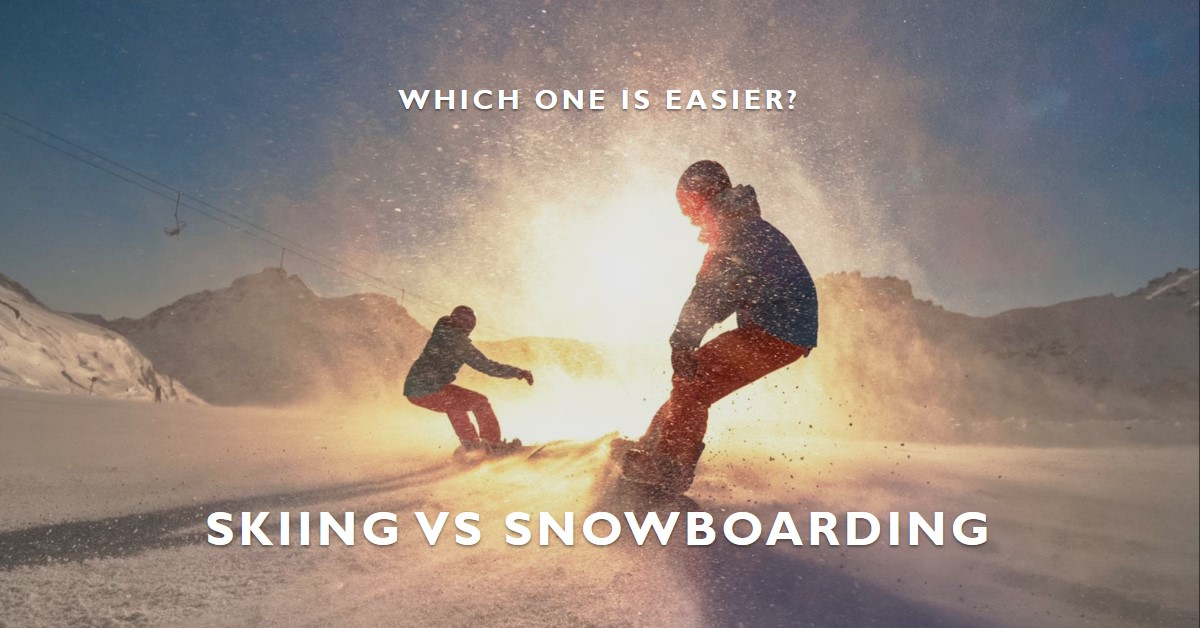For those new to winter sports, one of the most common questions that arises is whether skiing or snowboarding is the easier option to learn. The answer, however, is not as straightforward as it may seem. Both skiing and snowboarding have their unique challenges and learning curves, and the “easier” option often depends on individual factors such as athletic ability, coordination, and personal preferences.
In general, many experts and experienced winter sports enthusiasts believe that skiing is slightly easier to learn initially, while snowboarding may have a steeper learning curve but can ultimately become more natural and fluid once mastered.
Table of Contents
Learning the Basics
Skiing
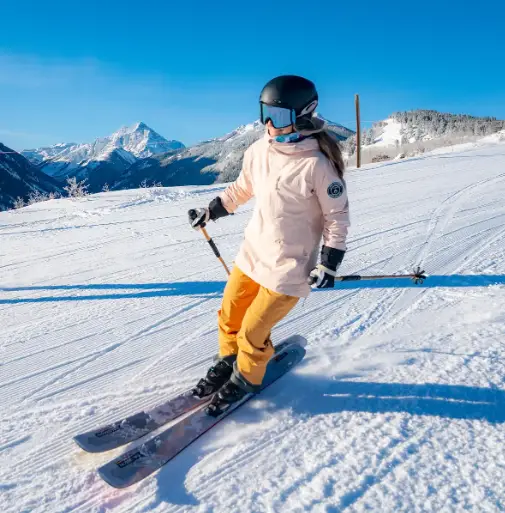
When it comes to the initial stages of learning, skiing is often considered more beginner-friendly. The ability to have two separate legs and edges provides more stability and control for new skiers. Additionally, the forward-facing stance and the use of poles help maintain balance and provide support during turns and stops.
Snowboarding
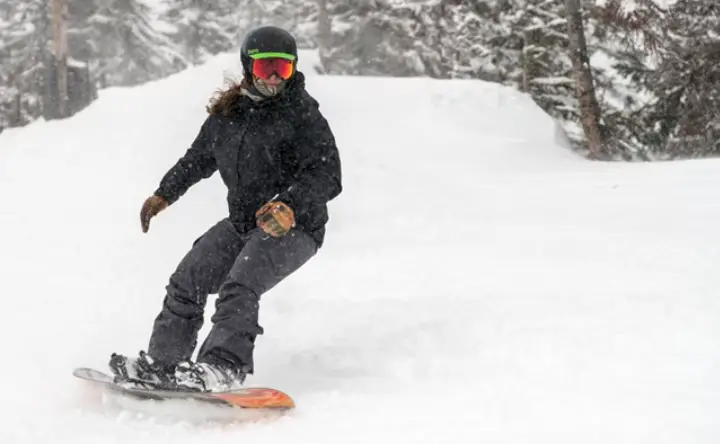
In contrast, snowboarding can be more challenging to pick up at first. Beginners must learn to balance on a single board while coordinating their movements and weight distribution. The sideways stance and lack of poles can make it harder to maintain stability, especially during turns and stopping. Falling and getting back up on a snowboard also requires more effort and coordination.
The Learning Curve
While skiing may have a gentler initial learning curve, snowboarding tends to become more natural and fluid once the basic techniques are mastered. Here’s a closer look at the progression:
Skiing
- The ability to control each leg independently can make advanced techniques, such as parallel turns and carving, more challenging to learn.
- Coordination between upper and lower body movements becomes increasingly important as skill levels progress.
- Separate movements for each leg can make it more difficult to achieve a smooth, seamless flow on the slopes.
Snowboarding
- Once the basic stance and balance are established, the body movements become more unified and fluid.
- Turning and carving techniques involve shifting weight and pivoting the board, which can feel more natural and intuitive once mastered.
- The single board allows for a more integrated body movement, potentially making it easier to achieve a smooth riding style at higher levels.
Physical Factors
Physical attributes and athletic abilities can also play a role in determining which discipline may be easier to learn. Here are some factors to consider:
Skiing
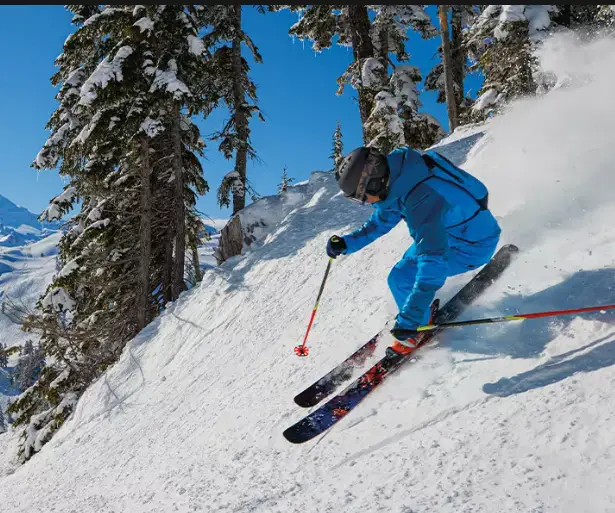
- Good leg strength and endurance are essential for maintaining proper form and control on skis.
- Flexibility, especially in the hips and ankles, can help with turning and edging techniques.
- Prior experience with activities that involve independent leg movements, such as ice skating or rollerblading, can be beneficial.
Snowboarding
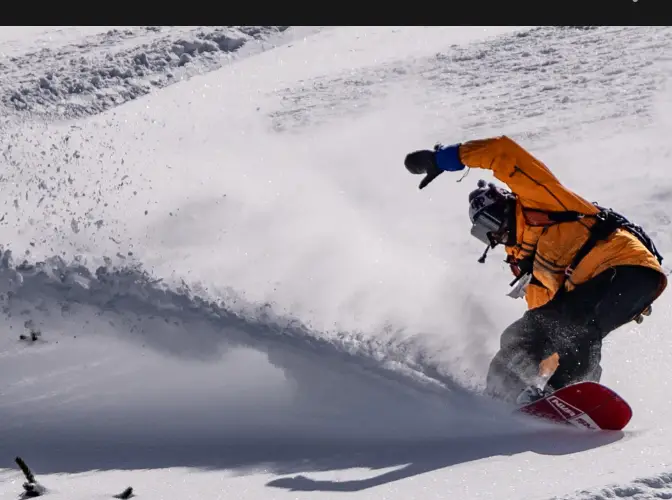
- Core strength and balance are crucial for maintaining proper body positioning and control on a snowboard.
- Flexibility in the hips and ankles can aid in initiating turns and maintaining a low center of gravity.
- Experience with board sports or activities that involve lateral movements, such as skateboarding or surfing, may provide a helpful foundation.
Personal Preferences
Ultimately, personal preferences and individual learning styles can also influence which discipline may be easier to pick up. Some people may find the independent leg movements of skiing more intuitive, while others may gravitate towards the unified body movements of snowboarding. It’s essential to keep an open mind and try both before deciding which one feels more natural.
Beginner Tips
Regardless of whether you choose to learn skiing or snowboarding first, here are some helpful tips to make the process smoother:
- Take lessons: Professional instruction can significantly accelerate the learning process and provide valuable feedback on proper technique.
- Start on gentle slopes: Begin on beginner-friendly terrain to build confidence and avoid overwhelming yourself with steep or challenging runs.
- Invest in proper equipment: Well-fitted gear, such as boots, bindings, and protective gear, can enhance comfort and control, making the learning process more enjoyable.
- Be patient: Learning a new winter sport takes time and practice. Embrace the process, celebrate small victories, and don’t get discouraged by falls or setbacks.
FAQs
Q: Can I learn both skiing and snowboarding at the same time?
A: While it’s possible to learn both disciplines concurrently, it’s generally recommended to focus on one initially and gain proficiency before attempting the other. Trying to learn both simultaneously can be overwhelming and slow down progress.
Q: Is it easier to transition from skiing to snowboarding or vice versa?
A: Many experienced skiers find it easier to transition to snowboarding, as they already have a solid understanding of snow conditions, terrain reading, and balance. However, the transition can still be challenging due to the different body movements and stance required for snowboarding.
Q: Do age or fitness level play a significant role in determining which sport is easier?
A: Age and fitness level can be factors, but they don’t necessarily determine which sport will be easier. Many older adults and individuals with varying fitness levels have successfully learned both skiing and snowboarding with proper instruction and dedication.
Q: Can I use the same gear for skiing and snowboarding?
A: No, skiing and snowboarding require different types of equipment. Skis, boots, and bindings are specific to each discipline, and using the wrong gear can be unsafe and hinder your progress.
Q: Which sport is more expensive to learn?
A: The costs of learning skiing and snowboarding can vary depending on location, equipment rental or purchase, lift tickets, and lessons. Generally, the initial investment for either sport can be similar, with ongoing expenses like lift tickets and gear maintenance being comparable.
Table 1: Skiing vs. Snowboarding – Learning Curve Comparison
| Factor | Skiing | Snowboarding |
|---|---|---|
| Initial Learning Phase | Gentler learning curve | Steeper learning curve |
| Balance and Stability | Two legs provide stability | Single board requires balance |
| Turning and Carving | Independent leg movements | Unified body movements |
| Progression to Advanced Levels | Coordination increases in complexity | Can feel more natural and fluid |
Table 2: Physical Factors for Skiing vs. Snowboarding
| Physical Factor | Skiing | Snowboarding |
|---|---|---|
| Leg Strength | Essential for control | Less emphasis on leg strength |
| Core Strength | Moderate emphasis | Crucial for balance and control |
| Flexibility | Hip and ankle flexibility | Hip and ankle flexibility |
| Helpful Experience | Ice skating, rollerblading | Skateboarding, surfing |
Conclusion
In the eternal debate of whether skiing or snowboarding is easier to learn, there is no definitive answer that applies to everyone. Both disciplines have their unique challenges and learning curves, and the “easier” option often depends on individual factors such as athletic ability, coordination, and personal preferences.
While skiing may have a gentler initial learning phase, snowboarding can become more natural and fluid once the basic techniques are mastered. Ultimately, the key to success in either sport lies in taking lessons, practicing regularly, and embracing the learning process with patience and dedication.
Whether you choose to glide on skis or carve turns on a snowboard, the joy and exhilaration of experiencing the winter wonderland on the slopes make both pursuits truly rewarding. So, embrace the challenge, choose the discipline that resonates with you, and let the adventure begin!
